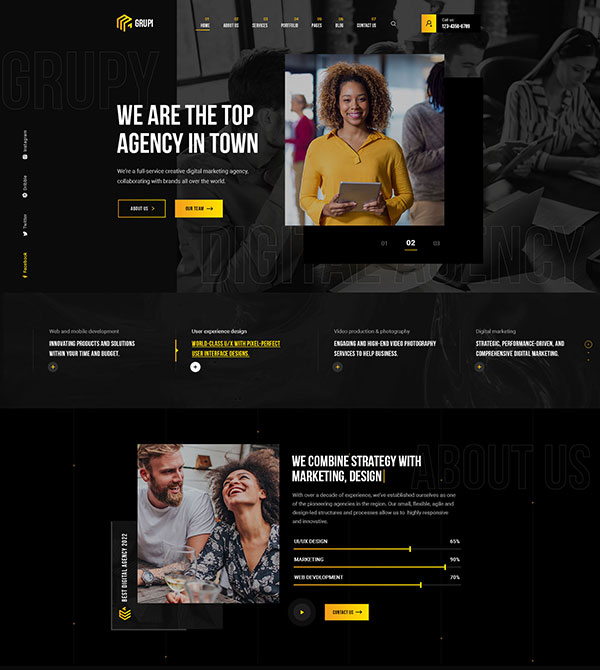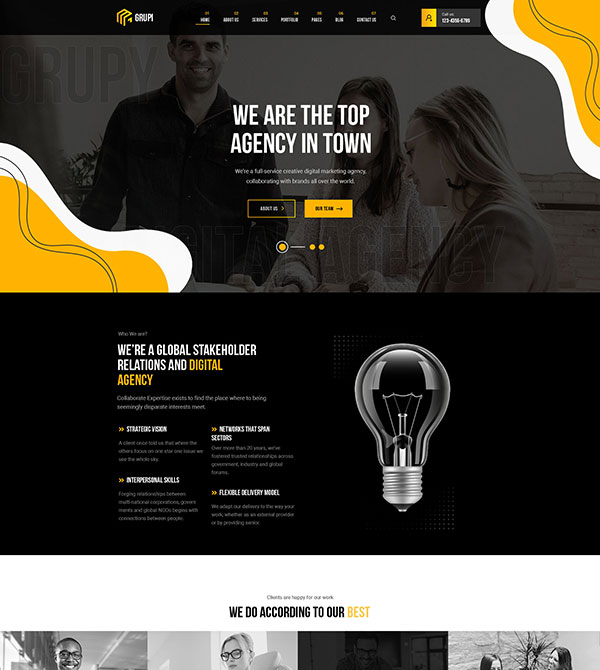Throughout human history, mythology and music have served as fundamental pillars of cultural identity, shaping the stories we tell, the values we uphold, and the symbols that resonate across generations. These elements intertwine to forge legends—powerful narratives that embody societal ideals and fears, transforming abstract concepts into tangible symbols that guide collective consciousness. Modern music continues this tradition, reinterpreting ancient themes with contemporary flair. An illustrative example is Big Bass Rock and Roll, which exemplifies how modern musical genres embed mythic storytelling into their fabric, creating new legends for today’s audiences.
- Mythology as a Foundation of Cultural Legends
- Music as a Vehicle for Mythical Narratives
- The Symbiosis of Myth and Music in Crafting Cultural Legends
- Modern Symbols and Conventions as Mythical Elements
- Case Study: Big Bass Rock and Roll — A Modern Myth in Music
- The Power of Myth and Music in Shaping Cultural Identity Across Generations
- Non-Obvious Depth: The Psychological and Societal Impact of Myth and Music
- Conclusion: The Continuous Cycle of Myth, Music, and Cultural Legacy
Mythology as a Foundation of Cultural Legends
Mythological figures and stories have historically served as the bedrock of cultural narratives, embodying universal themes such as heroism, morality, and transformation. These legends are passed down through generations, shaping societal values and norms. For example, mythic characters like the Greek Fisher King symbolize healing and renewal, representing the societal aspiration for restoration after chaos or hardship. The Fisher King’s story—wounded yet vital—has been interpreted as a metaphor for collective healing, inspiring countless retellings in literature and modern media.
Cross-culturally, mythological guardians serve similar functions, embodying protection and moral order. In Western traditions, figures like the Griffin or the Minotaur symbolize strength and boundary-setting, while in Eastern cultures, guardians such as Ebisu in Japanese folklore represent prosperity and protection. These mythic archetypes foster a sense of identity and continuity, acting as cultural anchors that reinforce societal values across time.
Music as a Vehicle for Mythical Narratives
Music has evolved beyond mere entertainment to become a powerful form of storytelling that preserves and propagates mythic themes. From ancient chants to contemporary songs, melodies have been used to encode cultural legends and moral lessons. Different musical genres often embody specific legends or symbols that resonate with their audiences, reinforcing shared identities. For instance, folk music has long served as a vessel for passing down legends of ancestors and heroes, while modern genres like rock and roll have created new mythic figures—embodying rebellion, freedom, and power.
A notable example is the influence of rock and roll in shaping contemporary legends. The genre’s energetic sound and rebellious spirit have transformed musicians into mythic icons—think of figures like Elvis Presley or Jimi Hendrix—whose stories and images transcend generations. Contemporary festivals and media perpetuate this mythic status, turning musical acts into cultural legends. For example, the ongoing popularity of events like Big Bass Rock and Roll illustrates how modern music continues to forge new legends rooted in mythic storytelling principles.
The Symbiosis of Myth and Music in Crafting Cultural Legends
Myths often inspire musical themes and lyrics, creating a symbiotic relationship where stories and melodies reinforce each other. Songwriters frequently draw on mythic imagery—such as lightning bolts, dragons, or heroic quests—to evoke powerful emotions and convey cultural values. These symbols serve as modern echoes of ancient archetypes, bridging past and present. For example, the motif of lightning, historically associated with gods like Zeus or Thor, is now used in logos, album covers, and stage visuals to symbolize power, danger, and transformation.
Music also plays a crucial role in reviving and reinterpreting ancient legends, making them accessible to new generations. Festivals, music videos, and media adaptations reframe mythic tales within contemporary contexts, ensuring their relevance. Symbols like lightning bolts, once mythic archetypes, now appear in modern entertainment as indicators of risk or intensity—connecting audiences emotionally and cognitively to deeper mythic themes of danger, power, and renewal.
Modern Symbols and Conventions as Mythical Elements
| Symbol | Associated Mythic Theme | Modern Application |
|---|---|---|
| Lightning Bolt | Power, Danger, Divine Intervention | Album covers, stage effects, logos indicating intensity or risk |
| Dragon | Protection, Chaos, Wisdom | Music videos, branding symbols representing strength |
| Heroic Quests | Courage, Transformation | Lyric themes, concert narratives, branding stories |
These symbols serve as modern mythic archetypes, shaping audience perceptions and reinforcing cultural stories. Their recurring presence across media and entertainment fosters a shared understanding of deeper themes such as danger, power, and transformation—fundamental to human storytelling since antiquity.
Case Study: Big Bass Rock and Roll — A Modern Myth in Music
While not a myth in the classical sense, Big Bass Rock and Roll exemplifies how contemporary music genres craft mythic storytelling elements to forge cultural legends. The event and associated media imbue the “Big Bass” motif with symbolic significance—representing strength, resilience, and the enduring spirit of rock music. The festival atmosphere, larger-than-life performances, and media coverage elevate this figure into a modern legend that inspires fans and artists alike.
Such modern legends are perpetuated through music festivals, media narratives, and branding, creating a mythic status that transcends the immediate event. This process echoes ancient storytelling practices, where revered figures or symbols become enduring icons within cultural memory, demonstrating how myth-making persists in new forms.
The Power of Myth and Music in Shaping Cultural Identity Across Generations
Legends evolve through storytelling, music, and symbolism, continually adapting to reflect societal changes. Mythic archetypes—such as heroes, tricksters, or divine figures—persist in modern entertainment, evolving in form but maintaining core themes of transformation and resilience. For example, modern pop icons often embody mythic qualities, inspiring collective identity and cultural continuity. As digital media amplifies these narratives, new myth-making landscapes emerge, allowing legends to reach global audiences instantaneously.
This ongoing process underscores the enduring power of myth and music in shaping societal values, fostering community, and ensuring cultural resilience across generations.
Non-Obvious Depth: The Psychological and Societal Impact of Myth and Music
Mythic narratives profoundly influence the collective subconscious, shaping societal norms and behaviors. Music, as a form of collective expression, can serve therapeutic functions—helping individuals process trauma or foster social cohesion through shared mythic themes. Symbols like lightning bolts or heroic figures evoke primal emotions, reinforcing societal resilience and continuity, especially during times of upheaval. Research indicates that engaging with mythic stories and music can enhance emotional well-being and promote social bonding.
“Myth and music are the language of the subconscious, shaping our collective identity and resilience through timeless symbols and stories.”
Conclusion: The Continuous Cycle of Myth, Music, and Cultural Legacy
The intricate interplay between mythology and music has been instrumental in shaping cultural legends across history. These stories and symbols serve as bridges connecting past and present, allowing societies to interpret new challenges through familiar archetypes. Modern examples like Big Bass Rock and Roll demonstrate that this cycle continues, with new legends emerging from contemporary media and entertainment. Understanding this dynamic enriches our appreciation of culture and highlights the enduring human need for storytelling rooted in mythic imagery.
Embracing the study of myth and music allows us to glimpse the universal patterns that define human experience, inspiring future generations to craft their own legends within an ever-evolving cultural landscape.









